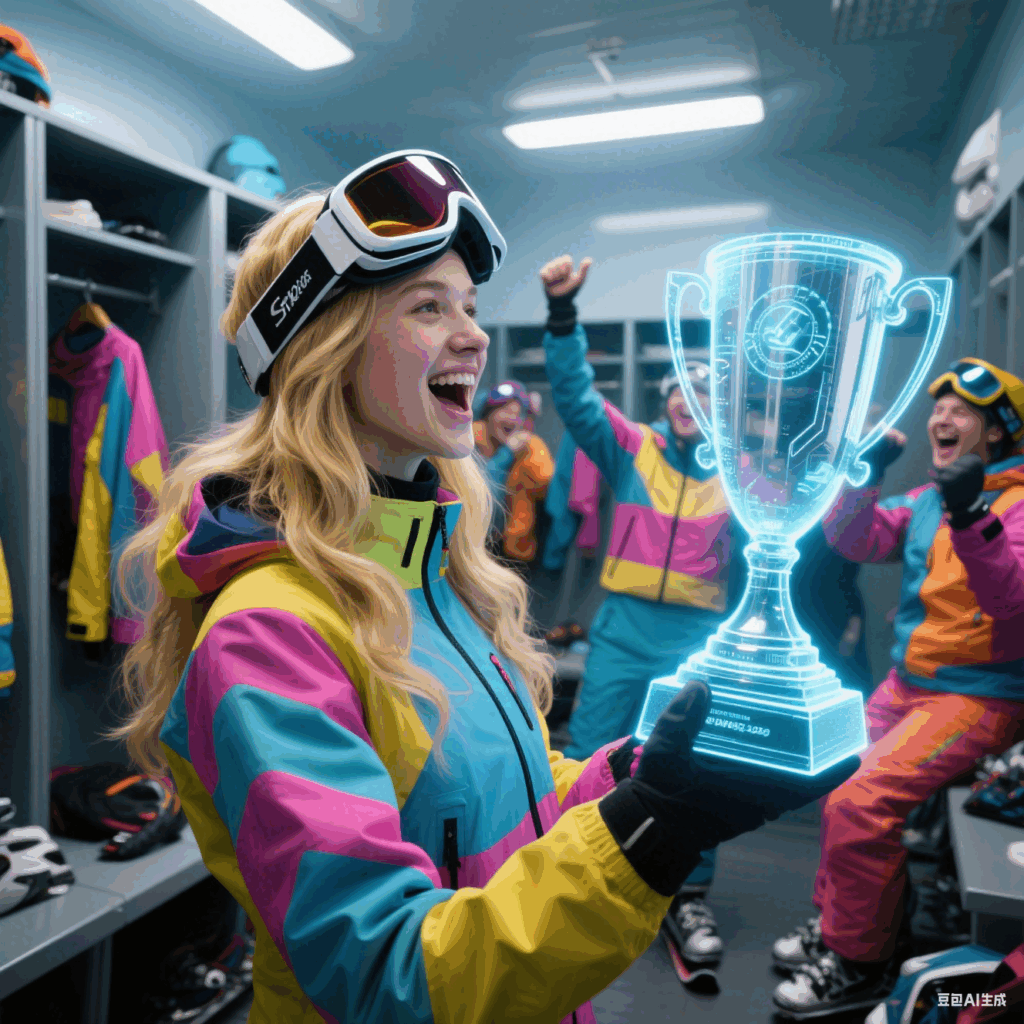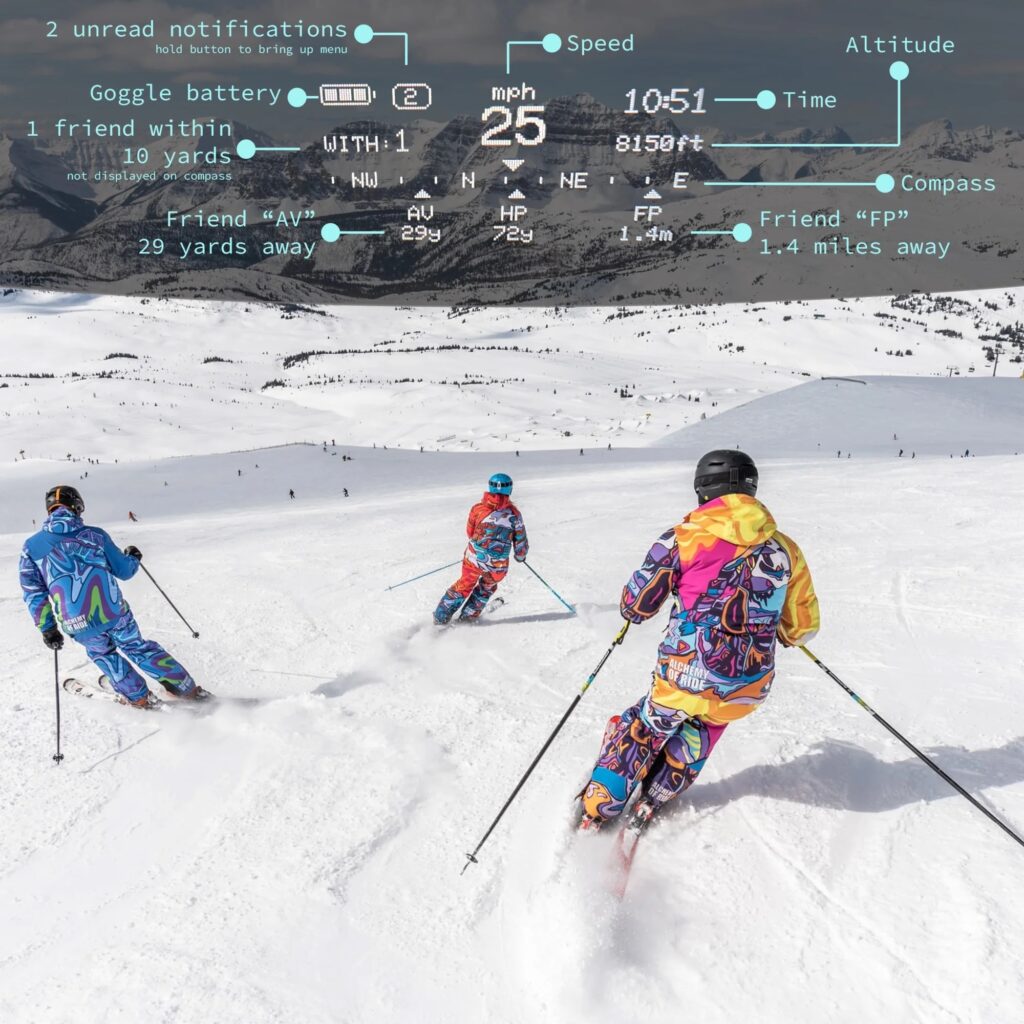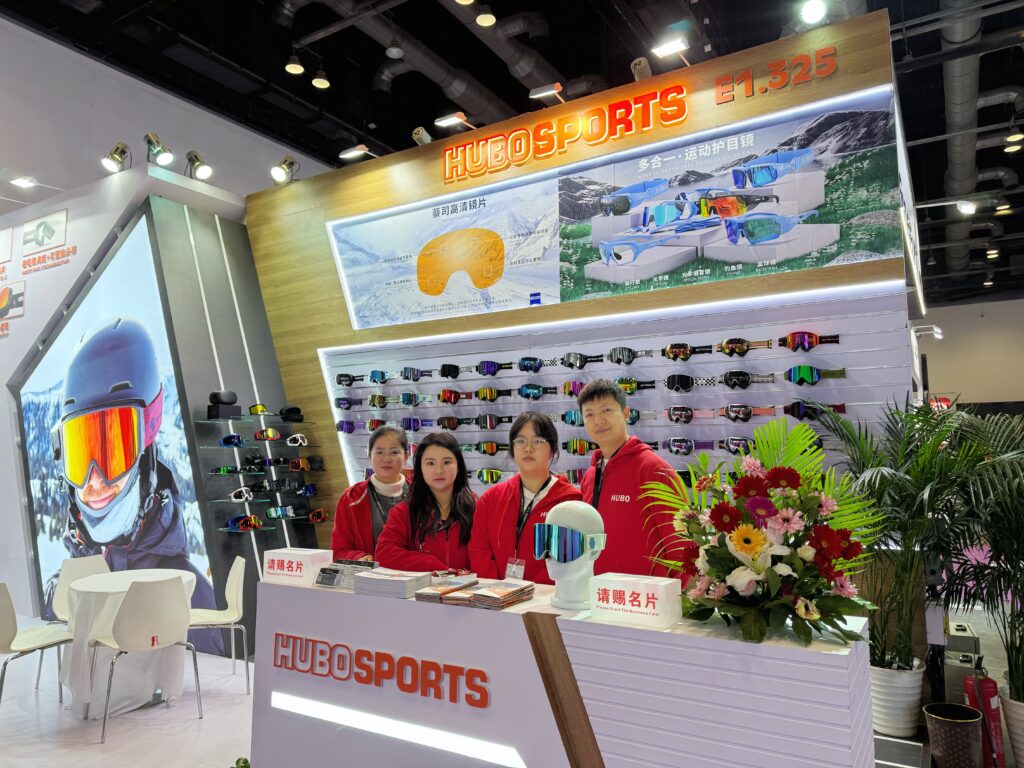Skiing is an exhilarating sport that allows enthusiasts to glide down powdery slopes and enjoy the beauty of winter landscapes. However, one common nuisance that can affect the skiing experience is foggy goggles. Ski goggles fogging up not only obstruct vision but can also be a safety hazard on the slopes. In this article, we will explore the reasons why ski goggles fog up and provide 10 tips on how to prevent ski goggles from fogging.
Why do Goggles Fog?

Goggles fog up when there is a temperature difference between the inside and outside of the lenses. When warm air from your face comes into contact with the cold surface of the lens, condensation occurs, leading to fogging. Additionally, moisture from sweat and humidity can also contribute to foggy goggles. Poor ventilation and a tight fit can exacerbate the issue, trapping heat and moisture inside the ski goggles.
How to Prevent Ski Goggles from Fogging?
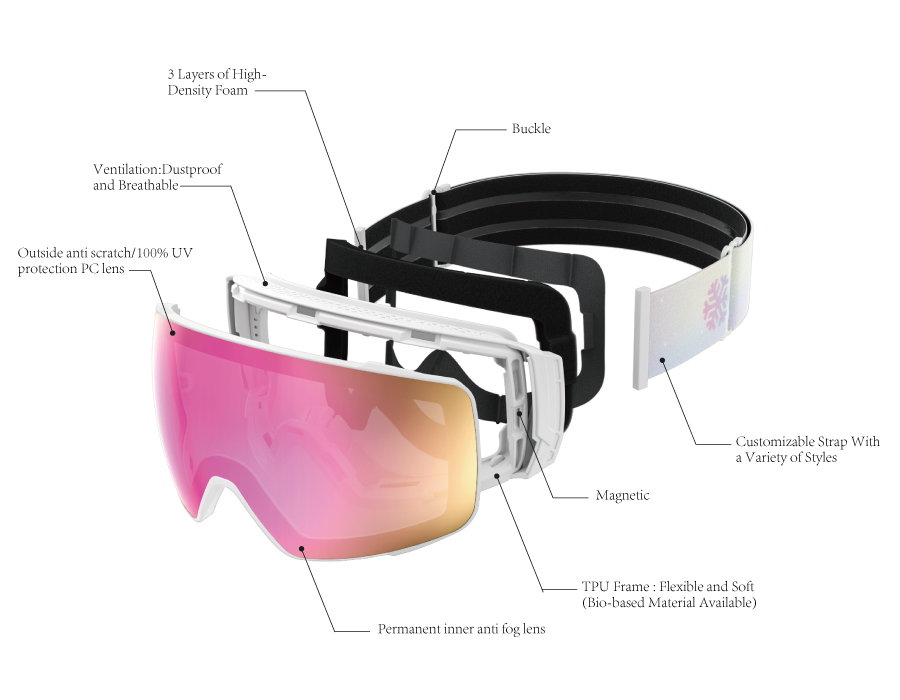
Choosing the right pair of ski goggles can make a significant difference in preventing fogging. Look for goggles with anti-fog coatings or dual-pane lenses that create a barrier between your face and the cold air outside.
Anti-fog goggles are specifically designed with advanced coatings or dual-pane lenses that create a protective barrier against condensation, thereby preventing fog buildup and maintaining a crystal-clear view of your surroundings while skiing. These features help to regulate temperature and reduce condensation, keeping your vision clear on the slopes. Investing in high-quality, anti-fog snow goggles from reliable goggles manufacturers is an essential step in ensuring a fog-free skiing experience.
8 Tips to Stop Ski Goggles from Fogging
Ski goggles fogging can be a common annoyance for winter sports enthusiasts, but with the right techniques, you can prevent this issue and enjoy clear vision on the slopes. Here are 8 tips to help you stop your ski goggles from fogging:
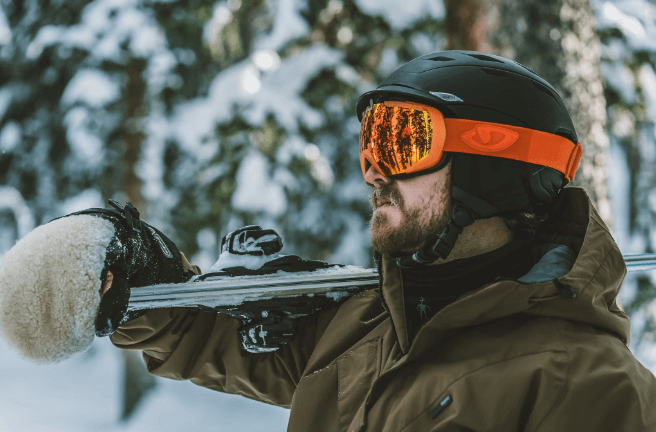
#1: Proper Fit
Properly fitting your ski goggles is a crucial element in ensuring maximum comfort, clarity, and performance during your skiing adventures. A well-fitting pair of goggles creates a tight seal against your face, effectively minimizing the entry of warm air that can lead to condensation and fog buildup within the lens.
To achieve the ideal fit for your ski goggles, start by adjusting the straps to ensure they are snug but not constricting. The straps should comfortably secure the goggles in place, preventing any gaps that can allow warm air to enter. Additionally, check the nose bridge of the goggles to ensure it sits snugly against your face without exerting excessive pressure. A properly adjusted nose bridge helps seal off any potential entry points for warm air, significantly reducing the risk of fogging. Furthermore, consider the shape and size of the goggles in relation to your face structure. Different goggles are designed to accommodate varying face shapes, so selecting a pair that complements your facial contours can enhance the overall fit and seal.
#2: Avoid Touching or Wiping Inner Lens
When you touch the inner lens with dirty gloves or fingers, you risk transferring oils, dirt, and debris onto the lens surface. These foreign substances can create a film that interferes with the anti-fog properties of the goggles, ultimately leading to fogging issues.
To avoid this, it is essential to handle your ski goggles with care and use proper cleaning techniques. Refrain from touching the inner lens unnecessarily, particularly with dirty or greasy hands. If you need to clean the lens, opt for a clean, soft cloth designed specifically for lens cleaning. Avoid using rough or abrasive materials that could scratch the lens or compromise the anti-fog coating.
#3: Use Anti-Fog Inserts, Wipes, or Spray
To prevent fogging on your ski goggles and maintain clear visibility during your skiing adventures, consider utilizing anti-fog inserts, wipes, or sprays as effective solutions. These specialized products are designed to create a protective barrier on the lens surface, preventing condensation and fog buildup.
Anti-fog inserts, wipes, or sprays offer an additional layer of defense against fogging, particularly in challenging or high-humidity environments. These products typically contain ingredients that help absorb moisture and inhibit the formation of condensation on the lens. By applying anti-fog treatments to your goggles before hitting the slopes, you can proactively combat fogging issues and maintain a clear line of sight throughout your skiing session.
#4: Make Sure the Vents Are Open and Clear
Ensuring that the vents on your ski goggles are open and unobstructed is a crucial step in preventing fogging and maintaining optimal visibility. The ventilation system on goggles plays a vital role in facilitating airflow and regulating temperature inside the lens, helping to reduce the buildup of moisture and condensation that can lead to fogging issues.
Proper ventilation is essential for allowing warm, humid air to escape from inside the goggles, preventing it from condensing on the colder lens surface. To make sure the vents are open and clear, periodically inspect and clean them to remove any debris, snow, or obstructions that may block airflow. Blocked vents can impede the circulation of air, leading to trapped moisture and increased risk of fogging.
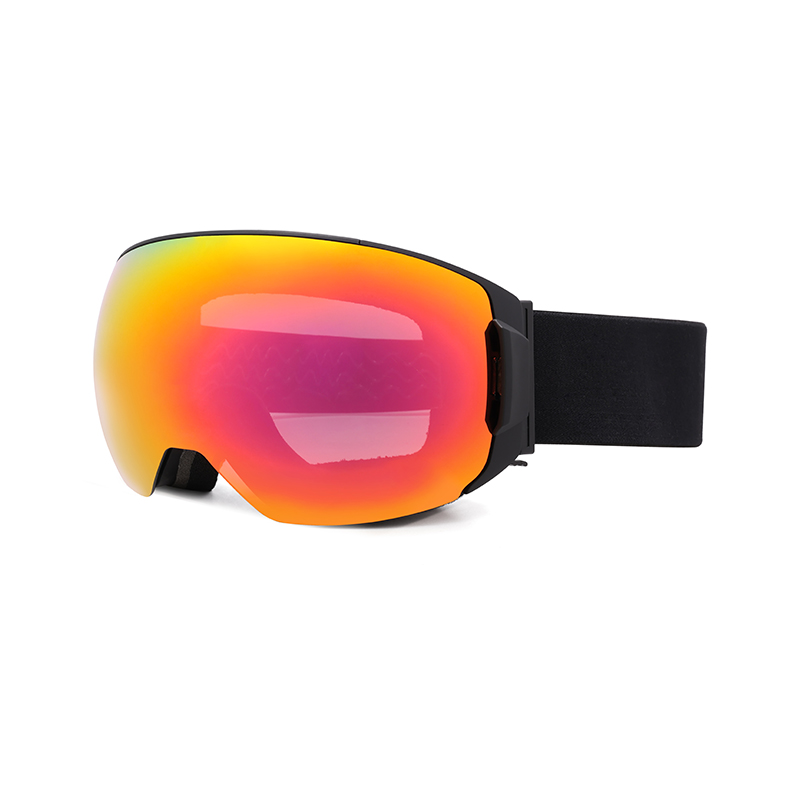
#5: Keep Ski Goggles Warm
Keeping your goggles warm helps to minimize the temperature differential between the inside and outside of the lens, reducing the likelihood of condensation and fog buildup.
To keep your ski goggles warm, consider storing them in a insulated pouch or pocket close to your body when not in use. This helps to maintain a consistent temperature for the goggles, preventing them from becoming too cold and susceptible to fogging when exposed to warmer air. Avoid leaving your goggles in a cold environment for an extended period, as this can increase the temperature differential and contribute to fogging. Additionally, consider using a goggle case or protective storage bag to shield your goggles from external elements and temperature changes.
#6: Avoid Putting Your Goggles on Top of Your Helmet
To prevent fogging and maintain the clarity of your ski goggles, it is important to avoid placing them on top of your helmet when not in use. This practice can trap heat and moisture between the goggles and the helmet, creating a conducive environment for condensation and fog buildup.
Placing ski goggles on top of a helmet can restrict airflow and inhibit the evaporation of moisture, leading to increased humidity inside the goggles and a higher likelihood of fogging. By avoiding this common mistake and storing your goggles in a cool, dry location, you can minimize the risk of condensation and ensure clear visibility on the slopes.
#7: Choosing Breathable Clothing
Breathable fabrics allow moisture and excess heat to escape, keeping you dry and comfortable throughout your time on the slopes. By choosing garments that prioritize breathability, you can regulate your body temperature more effectively, prevent overheating, and enhance your overall skiing experience.
When selecting ski clothing, look for materials that are specifically designed to offer breathability, such as moisture-wicking fabrics and ventilation panels. These fabrics are engineered to transport sweat away from your skin and promote airflow, helping to prevent moisture buildup and maintain a comfortable body temperature. Breathable clothing not only keeps you dry and comfortable but also reduces the risk of chafing and irritation during physical activity.
#8: Avoiding Excessive Sweating
Excessive sweating can lead to discomfort, dehydration, and potential health risks, so it is essential to adopt strategies to manage your body’s temperature and prevent overheating. One way to avoid excessive sweating is to dress appropriately for the weather conditions and your activity level. Staying hydrated is also crucial in preventing excessive sweating. Drink water regularly before, during, and after your skiing sessions to replenish fluids lost through sweat and maintain optimal hydration levels. Avoiding caffeine and alcohol, which can contribute to dehydration, is also important in managing your body’s sweat response. Furthermore, pacing yourself and taking breaks as needed can help prevent excessive sweating and overheating.
Conclusion
In conclusion, foggy goggles can be a frustrating obstacle for skiers, but with the right preventative measures, it is possible to enjoy clear vision on the slopes. By choosing anti-fog goggles, maintaining a proper fit, and following these tips, you can minimize fogging and enhance your skiing experience. Remember to take care of your gear and stay prepared for any weather conditions to make the most of your time on the mountain.

